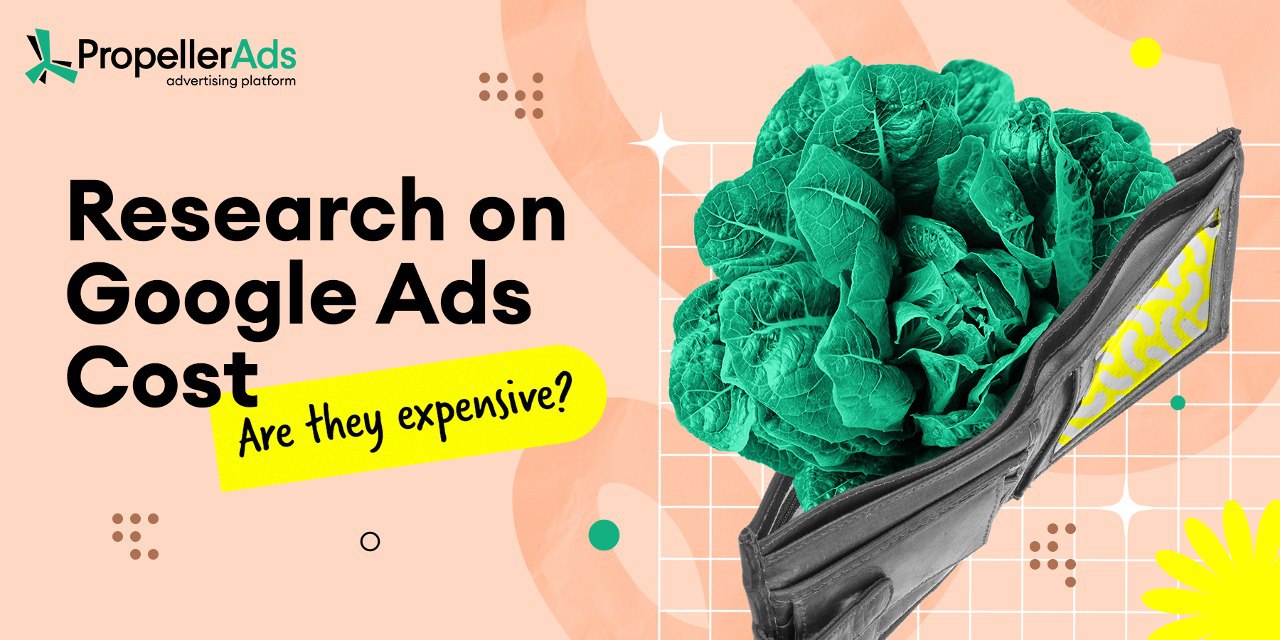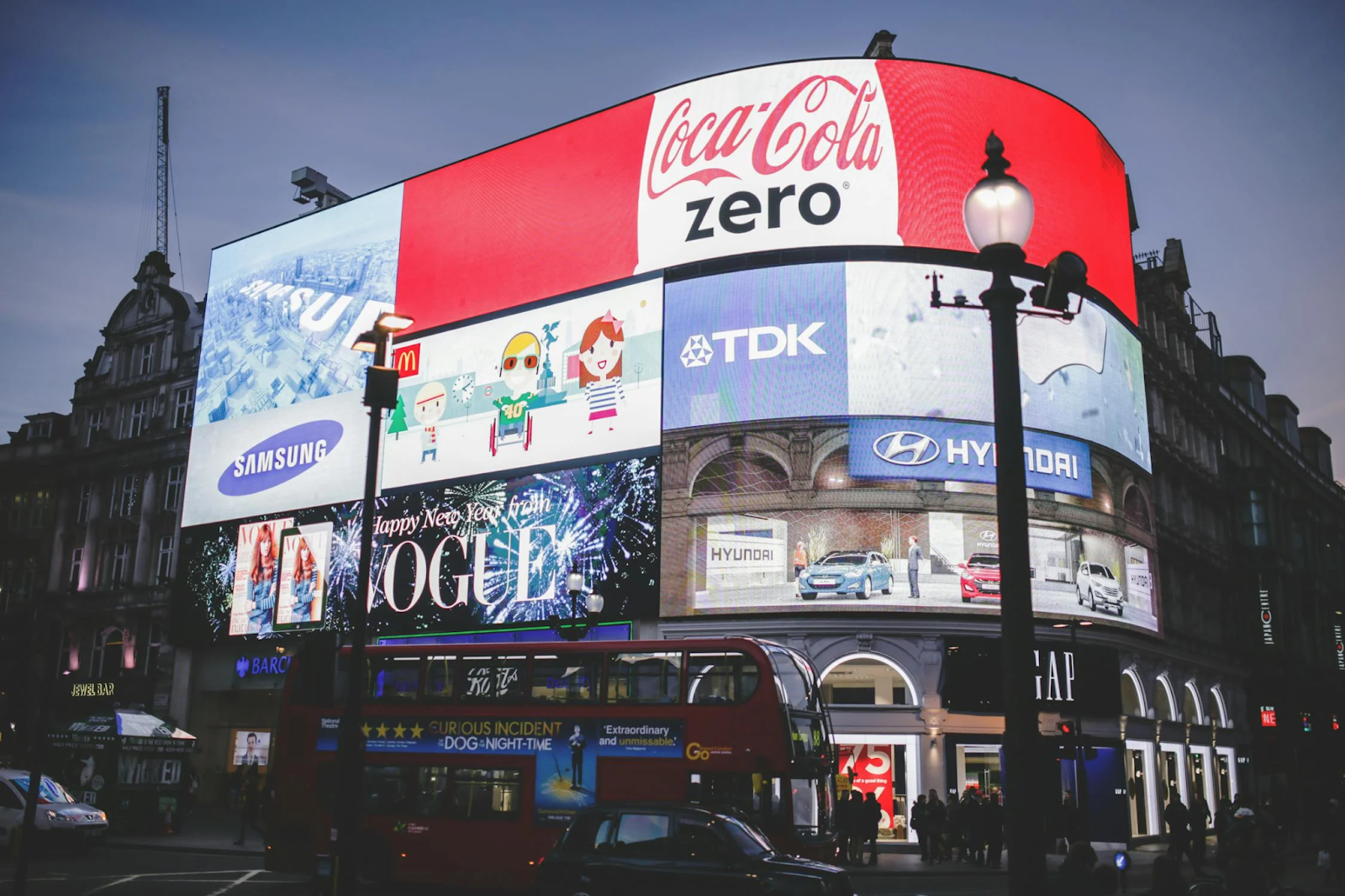Google Ads Cost: Is It Really as Expensive as You Think?

Imagine unlocking the full potential of digital marketing with one simple tool. Interestingly, Google Ads makes it all possible. With nearly 90% of global search traffic at your fingertips, you’re doing more than just advertising. You’re boosting your brand, increasing user acquisitions, and, most importantly, driving revenues in their numbers.
However, you may be moved to ask, “How much does Google Ads Cost?” Well, it depends! The beauty of this model is that it fits your budget: you only pay for the results you want, either via clicks, impressions, or conversions. This guide will break down what influences the price and how you can optimize your ad spend to get the best bang for your buck. Without wasting time, let’s get started!

Unlocking The Mystery: How Much Do Google Ads Cost?
Google Ads pricing isn’t a one-size-fits-all model; it’s designed to accommodate all budgets. According to research by Webfx, marketers (44%) spend between $100 and $10,000 per month advertising on this top search engine.
Of course, these numbers can fluctuate depending on your industry, ad network, and targeting options. However, if you manage these factors and your account correctly, you can achieve an average investment return of 800%—that’s a whopping $8 for every $1 spent.
Regardless of your sector or brand size, Google allows you to control your finances and ensures every penny you spend on reaching your target audience is worth it.
Explore the Power of Google Ads: Which Type is Right For You?
Google Ads take a few forms, and it’s up to you to decide which you prefer and plan your budget accordingly. The common ones are:
- Cost Per Click
- Cost Per Impression
- Cost Per Conversion
1. Google Ads Cost Per Click (CPC): Pay for Each User’s Action
Cost per click is a viral pricing model in Google’s advertising platform. Its idea is simple: advertisers or affiliates only pay when users click their ads. There’s a virtual auction system where you bid on specific keywords with the goal of targeting the right audience.
So, how much does Google Ads Cost Per Click on average? It varies between two kinds of networks: Search and Display.
Search ads are “Pull advertising” that appear when users actively look for specific keywords in search engines. They’re often arranged on the first page, targeting those interested in the product.
Display ads are “Push advertising” found on websites, apps, or social media. They’re based on targeting criteria like interests or demographics.
The price on the Search network ranges from $1 to $2 but can go higher depending on your industry. Sectors like legal see higher CPCs, reaching $6 to $10 per click. Conversely, Google ads’ average cost per click on the display network is usually lower than $1.
The fluctuations in price are influenced by keyword competition, user intent, and how broad your keywords are. For example, insurance (a highly competitive keyword) is more expensive than long-tail keywords like “how to fix a leaky sink.”
Here’s a table showcasing various sectors and keywords with Google ads’ average CPC.
| Industry | CPC Rate |
| Attorneys & Legal Services | $9.21 |
| Dentists & Dental Services | $6.69 |
| Home & Home Improvement | $6.55 |
| Business Services | $5.47 |
| Health & Fitness | $4.18 |
| Education & Instruction | $4.10 |
| Finance & Insurance | $4.01 |
| Physicians & Surgeons | $3.97 |
| Personal Services | $3.90 |
| Career & Employment | $3.78 |
In addition, the table below shows ten of the most expensive keywords on Google Ads.
| Keyword | Cost Per Click |
| Insurance | $54.91 |
| Loans | $44.28 |
| Mortgage | $47.12 |
| Attorney | $47.07 |
| Claim | $45.51 |
| Lawyer | $42.51 |
| Donate | $42.02 |
| Degree | $40.61 |
| Credit | $36.06 |
| Hosting | $31.91 |
2. Google Ads Cost Per Impression (CPI): Pay for Views, Not Clicks
Cost per impression is another pricing model used in Google ad campaigns, where you pay based on the number of views (or impressions) your ads receive. It’s measured per 1,000 views. As such, it’s also known as cost per mille (CPM). Unlike cost per click, where you pay for user interaction, here you’re paying for the chance to have your ads displayed to viewers.
Google Ads’ cost per impression is excellent for brand awareness campaigns. The goal is to get your message in front of as many as possible. Think of it as a billboard on a highway displaying a new product release. As more cars ply this road, more drivers and passengers will see your ad. Regardless of whether an action is performed, consumers will get the message.
The average Google ads price for CPI ranges from $0.51 to $1 across Display and Search networks. CPI is a very effective advertising strategy to boost your brand’s visibility. It plants the seed for future engagement even if your audience isn’t clicking right away.
3. Google Ads Cost Per Conversion (CPC): Maximizing Your Impact
Not all clicks turn into a positive action; some may navigate to the site and exit within seconds. That hurts! However, cost per conversion tells you how much it costs to turn a click into a meaningful action. It could be the checking out phase, signing up, or any desired outcome. So, this metric highlights how much you’re actually spending to generate results.
You can calculate CPC by simply dividing the total cost of your campaign by the number of conversions. For instance, if you spend $500 and receive 50 conversions, your Google ads cost per conversion is $10.
Now, why is the cost per conversion essential? Well, no one likes to spend without seeing results. Thus, CPC lets you know which campaigns are doing well and those you need to optimize. You can adjust your bids, refine audience targeting, or revisit your ad copy to boost efficiency.
3 Significant Factors that Affect Google Ads Price
Regardless of the type of Google Ads and the cost you pay, you’ll quickly discover that a mix of factors can raise or lower your ad spend. They include the following.
- Industry Competition
The biggest driver of Google Ads cost is the sector you’re in. You’ll see higher cost per click rates if you’re in a very competitive field (see the above table).
- Customer Lifecycle
Longer decision-making processes lead to higher Google Ads costs. In addition, brands and affiliates that offer premium products or services often run longer campaigns to stay visible. This requires more research, thereby increasing overall ad spend.
For instance, when buyers consider expensive items, they typically check out reviews, expert opinions, or other touchpoints to feel confident in their purchase. If you’re targeting such an audience, your ads may need to appear repeatedly over an extended period, leading to increased ad spend.
Also, investing in retargeting ads can be practical in this situation, reminding clients of their interests and spurring them to action.
- Current Market Trends
Consumer behavior, evolving market trends, and external events can be dynamic and impact costs. Remember the COVID-19 Pandemic? The average CPC in the fashion industry dropped from $1.40 to $0.70.
While this situation may be disheartening, staying tuned to market changes can help you adapt your bidding strategies and budget better. Seasonal trends and economic conditions can impact consumer behavior, which can affect how much you’re willing to spend on Google Ads.
How to Budget and Bid Effectively in Ensuring a Fair Google Ads Cost
Google Ads pricing may be dynamic, but you must manage your ad campaign budget effectively. Therefore, you should start by setting a daily budget—the amount you’re willing to spend each day. That doesn’t mean Google will stick to that exact daily amount. That’s why partnering with a Google Ads agency can help you make the most of your budget while ensuring your campaigns deliver measurable results.
Sometimes, you may exceed your budget on high-traffic days to maximize results. However, ensure it stays within your overall monthly budget (multiply your daily limit by 30 days). Notably, Google provides the necessary resources to ensure you get the most out of your budget.
Bidding is a different ball game; it’s the maximum amount you’re willing to pay for a click on your ad. It’s determined via a competitive action system, where factors like your bid and ad relevance can impact the price.
Navigating this terrain as an upcoming affiliate or campaign manager isn’t easy. However, here are helpful tips to keep your Google Ads in check while improving your ROI:
- Start small by setting a modest daily budget to gauge how much traffic you drive.
- Automate the bidding process by allowing Google to adjust bids to earn more clicks as you control costs.
- Prioritize high-value keywords that align closely with your brand goals and budget them effectively.
Wrapping Up: Is Google Ads Price Worth It?
Absolutely! Google Ads is a game changer, and the potential returns are huge for any affiliate marketer or advertiser. However, its pricing is subjective, depending on your industry and how much revenue you generate per customer.
So, if you’re just starting out, begin with a modest daily budget and track performance closely. As you see positive results, scale up to maximize your returns. Also, by mastering your bidding strategy and focusing on a targeted audience, Google Ads can be a smart, lucrative investment that drives traffic and revenue.
Eager to start? Launch your campaign with us, and let’s increase your brand’s visibility without breaking the bank.
Come join us on Telegram for more insights and communications with fellow-affiliates!



